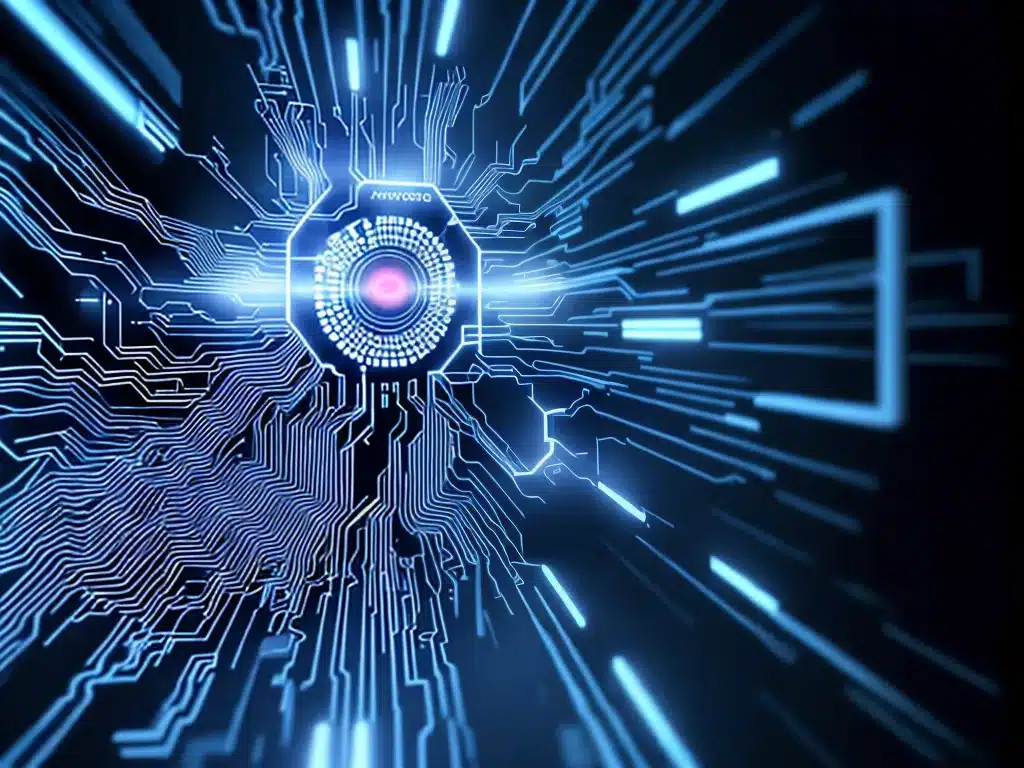

Artificial intelligence (AI) is rapidly transforming the field of computing and the capabilities of computer systems. As AI algorithms and techniques continue to advance, they are enabling computers to perform tasks and exhibit behaviors previously thought to only be within the domain of human intelligence. This evolution is fundamentally altering the essential nature and possibilities of computation.
New Approaches to Computing Enabled by AI
Traditional computer programming relies on explicitly outlining step-by-step instructions to accomplish tasks. In contrast, AI systems utilize learning algorithms that allow computers to make sense of complex data, identify patterns, and make decisions independently. Rather than following rigid programs, AI enables more flexible, adaptive, and autonomous computing:
- Machine learning algorithms allow computers to improve and optimize through experience without explicit reprogramming. As more data is fed to a machine learning model, its performance improves at tasks like image recognition, language translation, and prediction.
- Deep learning techniques enable computers to process data through artificial neural networks modeled after the human brain’s biological neurons. This gives AI systems new capabilities like natural language processing.
- With reinforcement learning, AI agents can optimize behavior by interacting with an environment and receiving feedback on actions, learning through trial and error like humans.
These AI approaches focus on teaching computers to learn, reason, and adapt on their own, rather than giving them explicitly defined instructions. This gives computer systems far more flexibility and capability to handle complex, nuanced real-world situations.
Natural Interaction and Communication
Another way AI is revolutionizing computing is by enabling more natural modes of communication between humans and machines:
- Natural language processing using deep learning gives systems the ability to analyze, generate, and understand human language. This allows for conversational interfaces and makes it possible for people to interact with computers using everyday spoken and written language.
- Computer vision, empowered by deep neural networks, allows AI systems to interpret and understand visual information like images and video. This enables capabilities like facial recognition and scene analysis.
- Speech recognition AI can now transcribe and respond to spoken language, enabling voice-based user interfaces for systems.
Rather than requiring users to learn specialized languages or protocols, these AI capabilities allow for intuitive communication via touch, voice, and conversation. This makes computers and systems much easier for the average non-technical user to interact with.
Automated Reasoning and Decision Making
AI also brings new capabilities for automated reasoning, planning, and strategic decision making:
- Expert systems encode specific domain knowledge and rules that allow AI to mimic expert-level decision making for tasks like medical diagnosis and financial planning.
- Logical reasoning techniques like inductive logic programming allow AI systems to make inferences, extract knowledge, and derive conclusions from facts and observations.
- With planning and scheduling algorithms, AI can formulate strategies and schedules of actions autonomously given parameters and constraints.
This automated reasoning allows computers to solve problems, form hypotheses, and make decisions independently in ways typically requiring human analysis and judgement. This gives AI systems far more flexibility and agency than pre-programmed deterministic algorithms.
Adaptive Control Systems and Robotics
The capabilities unlocked by AI algorithms also lend themselves to creating sophisticated adaptive control systems:
- Reinforcement learning enables AI control systems to optimize policies and behaviors by trial and error interaction with dynamic environments.
- With computer vision and object recognition, robots can autonomously perceive, understand, and interact with open environments.
- Motion planning algorithms allow automated systems to independently navigate spaces and manipulate objects. This enables autonomous robotics.
Rather than just following rigid pre-programmed control schemes, AI gives computing systems the flexibility to adapt their behavior in dynamic, interactive environments. This is essential for applications like self-driving vehicles and assistive robots that must operate alone in uncontrolled real-world settings.
The Path Forward
The rise of AI is clearly changing the fundamental attributes of computer systems – enabling adaptive learning, intuitive interaction, autonomous control, and flexible decision making rather than strictly programmed deterministic rules. As these technologies continue advancing, we can expect computers to take on increasingly creative, sophisticated, and independent behaviors once considered the exclusive domain of human cognition. This promises to transform how we relate to and utilize our computer systems, as well as blurring traditional distinctions between human and artificial intelligence.












